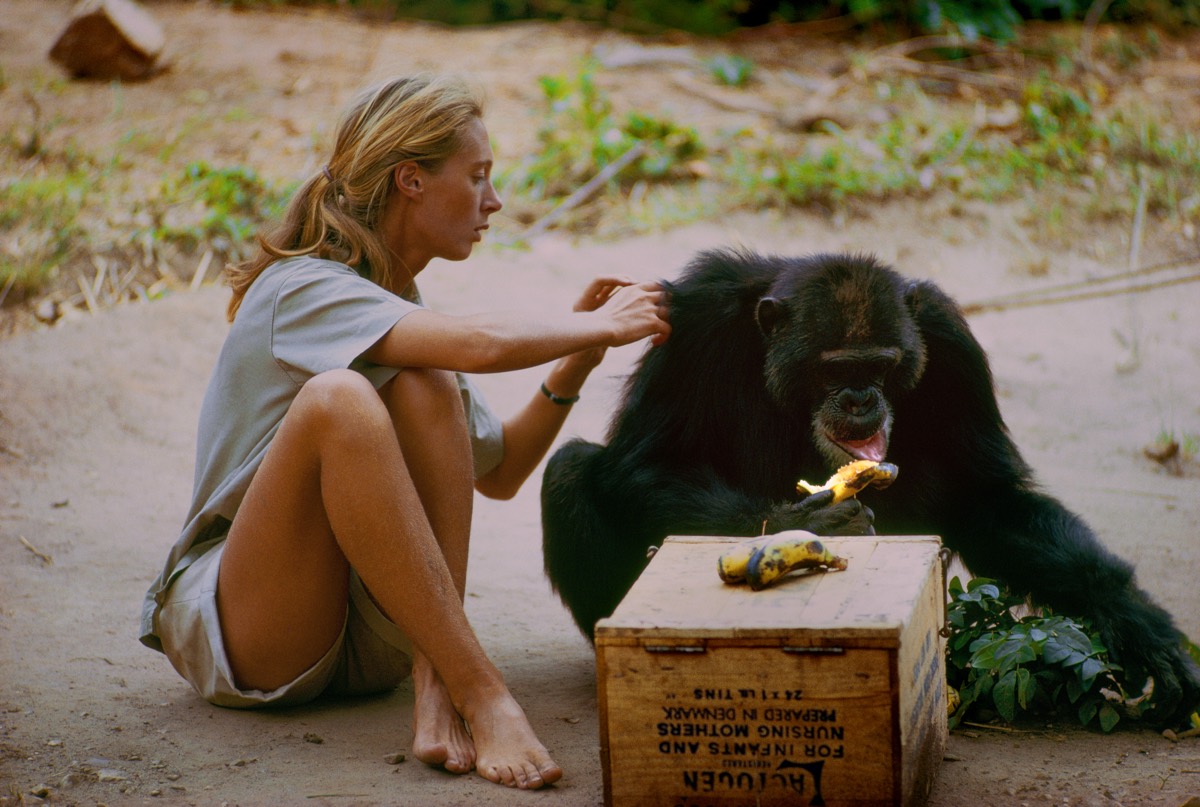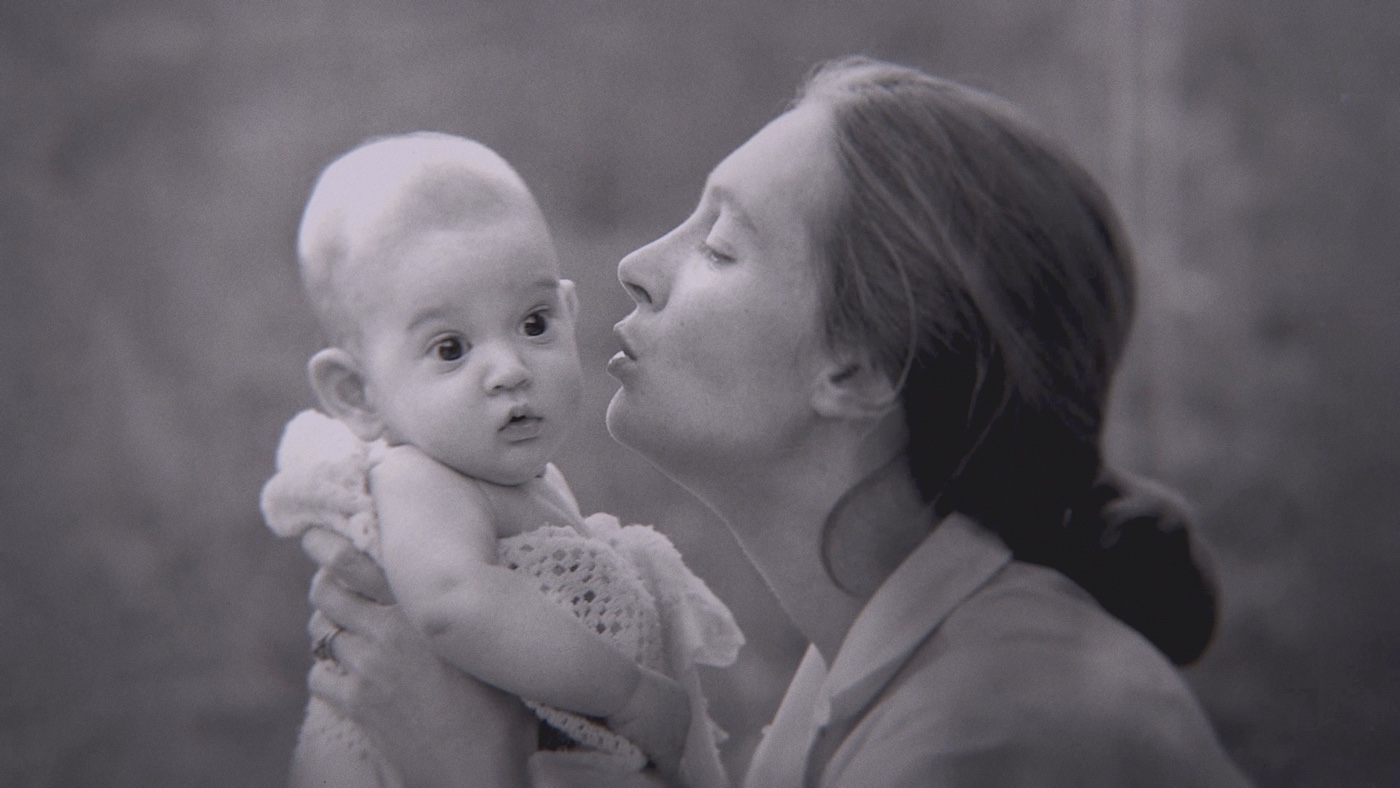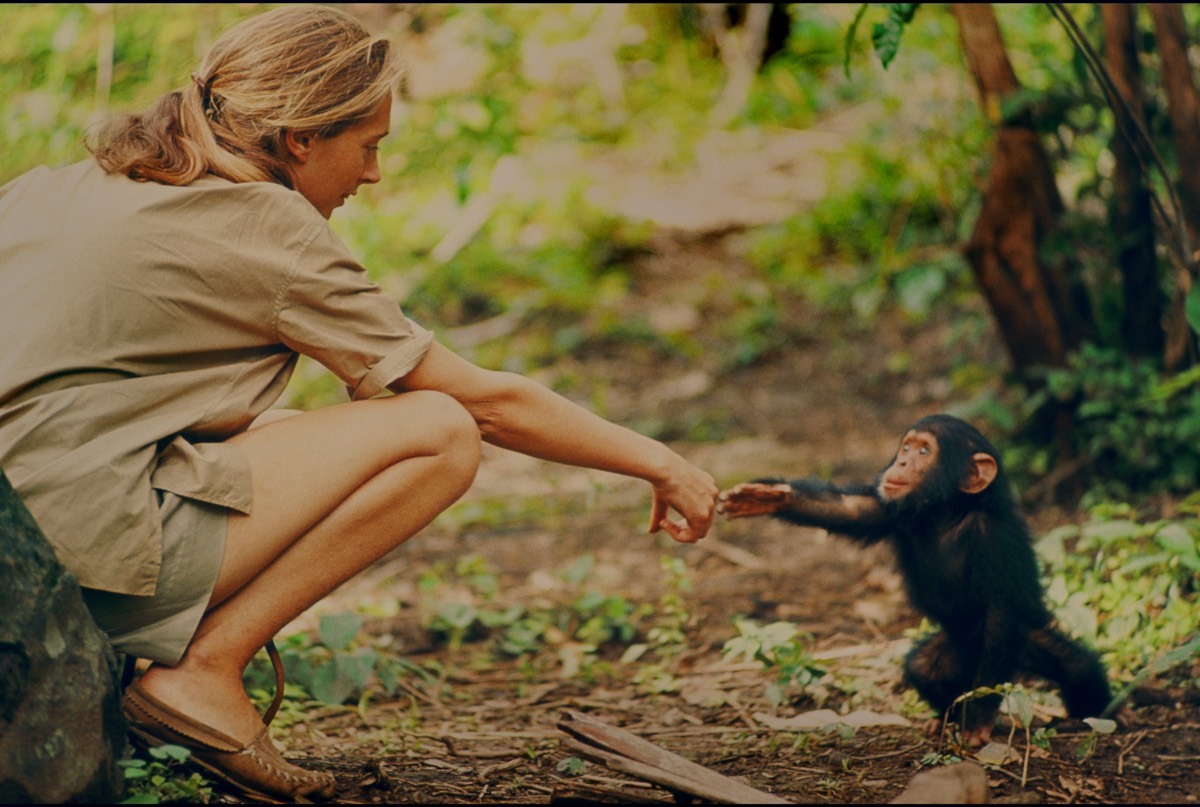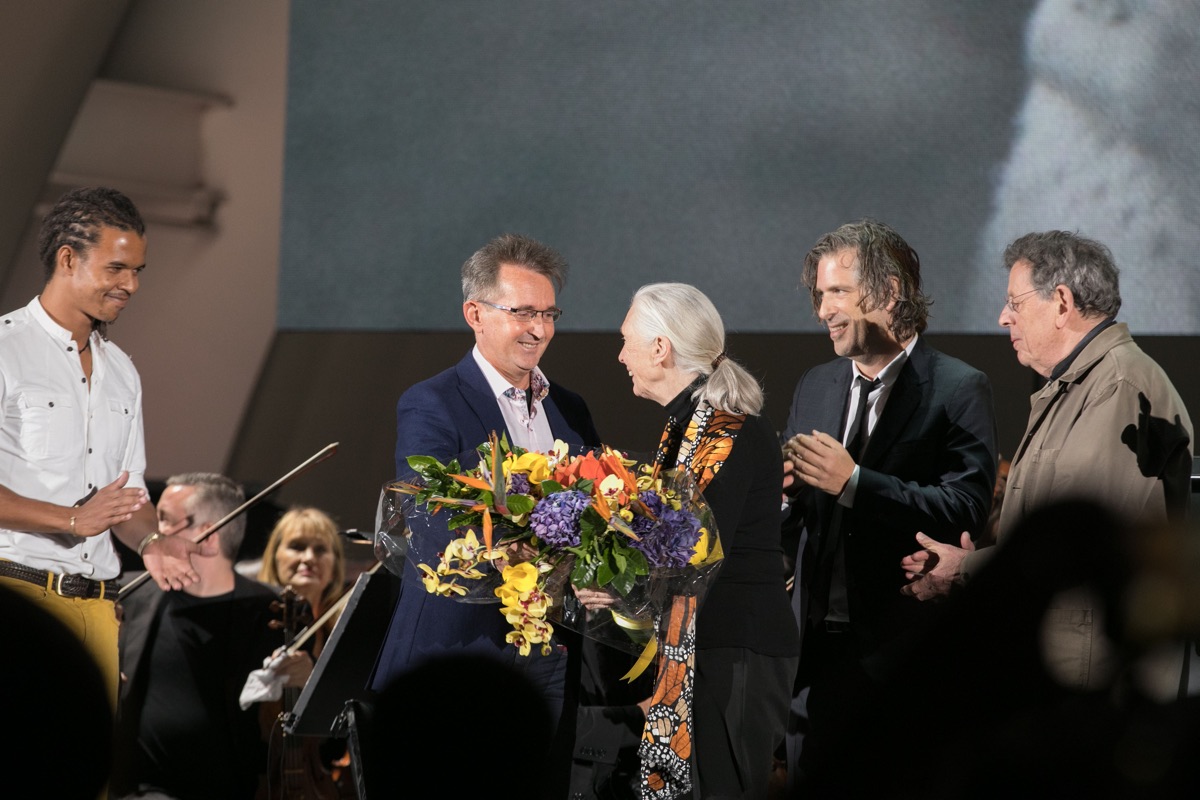Documentary Shows Jane Goodall in New Light with Unseen Footage
In the early 1960s, Jane Goodall's revolutionary studies of wild chimpanzees challenged the scientific establishment's ideas about animals, as well as about women. The story never gets old, but it's also been told in multiple films, many more books and countless articles.
That's why it's astounding that the documentary "Jane" (2017), directed by Brett Morgen and scored by Philip Glass, has something new to contribute to the lexicon of information about Goodall. The movie may be able to do that because it draws on more than 100 hours of never-before-released footage from the early 1960s, shot in the Gombe Stream National Park of Tanzania, where Goodall did some of her most important work.
"I never thought that another documentary could be new for me," Goodall told a group of reporters at a media roundtable for the movie on Monday (Oct. 9). "[The film has] taken me back to those days more than any other movie that's been done about me." [8 Human-Like Behaviors of Primates]
Chimps in the wild
Goodall's studies of chimps in the wild revolutionized scientists' understanding of primates, primarily by revealing just how much these animals have in common with humans. Her observations of chimps using reeds to withdraw insects from dirt mounds provided some of the first evidence that animals use tools.
To study these chimpanzees, Goodall would first earn their trust, such that she eventually could interact with them and be welcomed by the troop of chimps.
The newly released footage captures Goodall's solitude in the east African jungle, and the film emphasizes that it took more than five months for her to even get close enough to the chimps to observe them doing anything other than running away from her. Later footage shows Goodall's progress with the chimps, including sitting close by as they cautiously approached her to get a banana she had placed on the ground.
Feeding the animals unfortunately inspired some of the males to attack Goodall's camp in search of other goods. (This problem was largely fixed with a feeding station.)
Get the world’s most fascinating discoveries delivered straight to your inbox.
And of course, there are shots of Goodall much later on, physically interacting with the chimps — grooming, tickling and showing affection. In the film, Goodall describes this time as the greatest period in her life, because she was submerged in the process of discovery. [Image Gallery: Lethal Aggression in Wild Chimpanzees]
The 16mm film has been digitally restored and looks incredibly vivid and bright compared with most newsreel films shot at that time. It had been "tucked away in the National Geographic archives for over 50 years," according to a statement from the company. Hugo van Lawick, characterized in the film as perhaps the greatest wildlife photographer and filmmaker of his era, was sent by the National Geographic Society to film Goodall as part of a grant that had been awarded to her. During that time in Gombe, the photographer and his human subject gradually fell in love, and later got married and had a son.
Struggles
The movie also captures a very dark time at the Gombe Stream Research Centre. After Goodall left Tanzania to help her husband make films in the Serengeti, multiple groups of wild African chimpanzees were infected with poliothey had contracted from humans (though not necessarily from the scientists at Goodall's station), according to the film. The disease decimated multiple chimp groups in Africa, including the troop Goodall had spent most of her time studying. Many chimps died, and at least one was euthanized by the scientists at Goodall's research station. The footage is harrowing.
Goodall contends that the outbreak did not start at her station, but from then on, she prohibited physical contact between the animals and the scientists.
This has changed the way scientists study native animal groups, especially primates, according to a statement from National Geographic. But in a roundtable interview with journalists this month, Goodall pointed out that there is still a chimp research center at Gombe, and research into wild primate behavior has changed, not stopped.
"The field of animal behavior, I don't think, has ever been so exciting, because finally science has been forced to admit that we are part of the amazing animal kingdom, and it's not only us who have personalities, minds and emotions," Goodall said. "Now, we're learning about the intelligence not just of chimpanzees and dolphins and elephants, but [also] birds — there's a flurry of interest in avian intelligence — octopuses, even insects. And now we find trees can communicate with pheromones and microfungi under the roots on the forest floor. It's a really exciting time for young people wanting to go into this field."
Sharing an experience
The task of sorting through the 100 hours of new footage fell to documentary filmmaker Brett Morgen, whose previous film subjects have included musician Kurt Cobain, rock band the Rolling Stones, film producer Robert Evans and O.J. Simpson — people who don't seem to have a lot in common with Goodall.
But in talking with reporters at the media roundtable, Morgen said his approach to filmmaking has less to do with the particulars of a subject and more with "opening myself up to the energy of the subjects I'm documenting and to try to bottle that energy."
He added that even though he had never-before-seen footage at his fingertips, he did not set out to find new information about Goodall or her experience in Gombe. Instead, he sought to use the footage to "tell the story in a cinematic way," he said. He seems to have been left somewhat unmoved by the other documentaries about Goodall.
"All of these films told me what happened in Gombe," he said. "None of them allowed me to experience what happened in Gombe."
The film is also very much about motherhood, and Morgen expressed a deep reverence for Goodall's mother, Vanne, who gave Goodall the confidence to ignore the rampant sexism of the time and pursue her dream. (Goodall even says in the film that as a child she "dreamed as a man," because in her world, women didn't do the things she wanted to do, like go on adventures in Africa and live among animals.) Vanne also accompanied her daughter on some of the scientist's early expeditions to Africa.
In the movie, Jane Goodall talks about admiring the mothering skills of one of her chimp subjects, Flo. Those observations resonated deeper with Goodall after the birth of her son, she said in the film, and it wasn't until becoming a mother herself that Goodall could more fully understand the mothering behaviors she had observed in the chimp communities.
Morgen may have succeeded in creating more of an experience than just a historical record, based on Goodall's own thoughts about the movie.
"There's an immediacy about it, and, you know, [watching it], I feel I'm living in that best time of my life," she said during the media roundtable. "There's more about me personally and my personal life [than in previous movies], and the relationship with the chimpanzees is so vivid, and so it was very moving to watch. And I think people will take away, not exactly a different Jane but maybe have a better understanding of who I am."
"Jane" will appear in select theaters starting on Oct. 20. You can see a complete list of screening dates on the National Geographic website. The film will also be released on the National Geographic channel in the winter of 2018.
Follow Calla Cofield @callacofield. Original article on Live Science.






